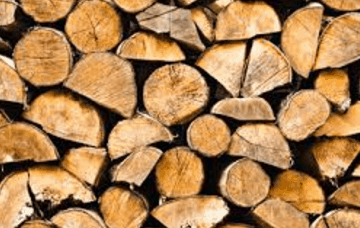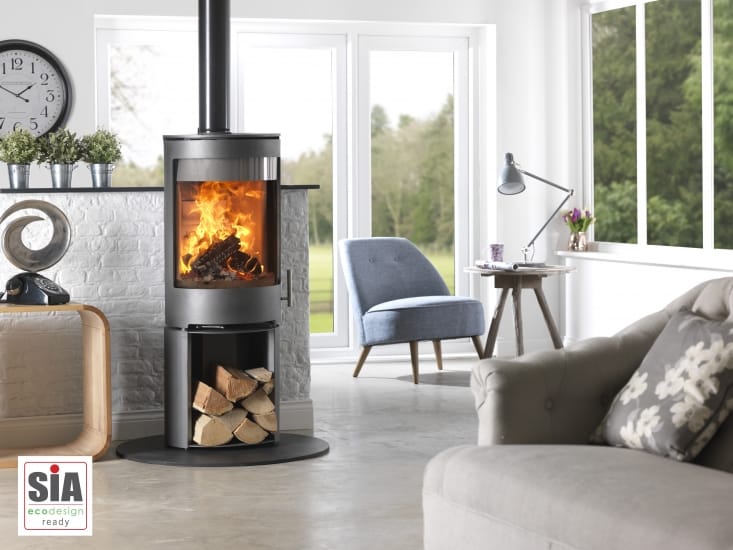Installing a wood burning stove is not easy. A stove should only be installed by a HETAS registered professional. A badly fitted stove could very easily become a fire risk. It could also become a serious carbon monoxide risk too. Carbon monoxide is a colourless, odourless gas, which can and does kill. Lean more about Carbon Monoxide poisoning.

A wood burning stove should be treated like any other appliance. It should be installed professionally and adhere to building regulations to keep you and your family safe.
There are a number of considerations you need to be aware of before a stove is fitted, such as stove type and wattage, as well as changes, which may need to be completed in your home before fitting. These considerations are usually completed during an initial survey, which your local showroom will be able to help complete.
The purpose of a stove apart from warming a room is to get the gases, the products of burning wood, up and out of your chimney in a safe and efficient way. A flue through an existing or purpose built chimney can do this, or the flue can run directly up and out of a ceiling. To check an existing chimney or once a new flue is in place, a smoke test should be performed. This test is to check no gases leak into a room.

Professional Fitting – Key points to remember:
Insulating the flue reduces risk of fire – Insulating the flue means the gases will be kept hot when they leave, reducing the risk of condensation, which in turn could create creosote and tar, which can congest a flue and cause a chimney fire.
Meeting regulations – The flue used with a wood burning stove must comply with Part J of UK building regulations, Part F in Scotland and Part L in Northern Ireland. Other specifications might mean changes to your room too. For example, all stoves must have a hearth, the size of which will depend on the stove and location. You also need proper ventilation in a room too. A vent may need to be added, depending on the room and size of stove. Stoves also need to be a specific distance from combustible materials. All these things are crucial elements, which need to be dealt with to ensure regulations are met.








